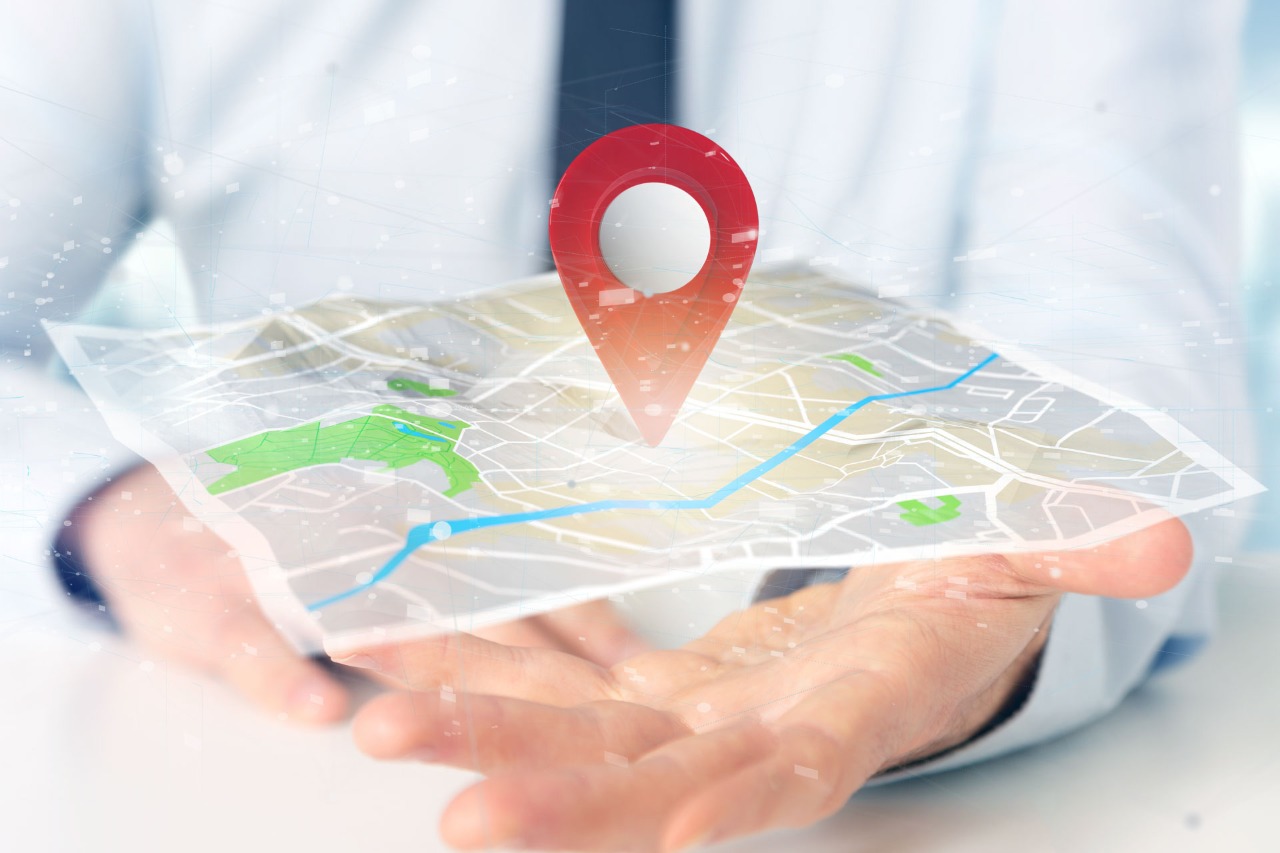Mobile marketing has been growing with the increase of mobile users in the world. Recently, marketers took full benefit of its abilities with geofencing, an incredible method for bridging the strength of location-based marketing. It’s not limited to phones, nor has a new concept, its prominence developed alongside the advancement of cell phone users.
Geofencing is a location-based service in which an application or other software utilizes GPS, RFID, Wi-Fi or cellular data to trigger a pre-customized activity when a cell phone or RFID label enters or leaves a space of interest in a geographical location.
Relying upon how a geofence is arranged it can incite mobile pop-up messages, trigger text messages or cautions, send targeted ads via online media, or convey location-based marketing data.
Geofences can be set up on mobile phones, tablets, and even on desktops. Geofencing can be designed to focus on a specific spot, (for example, the shopping mall), a segment market region, a business class (e.g., cafés), a brand area, a city or a state.

Statistics of Geofencing
Reports say that geofencing can make outstanding results for marketers looking to roll out targeted, location-based marketing.
1. Mobile promotions with geofencing have doubled the active rate.
2. Geofencing is viable with 92% of cell phones.
3. The normal customer goes through 5 hours every day on their cell phone.
4. 71% of customers prefer a customized promotion experience.
5. 3 out of 4 customers complete an activity after getting a message when moving toward a particular area.
6. 53% of customers visited a retailer after getting a location-based message.
Advantages of Geofencing
With the capability to hyper-target possibilities, you’ll not have the option to arrive at people at the perfect opportunity and the ideal locations. However, have the option to draw in them with information that is relevant and timely.
By focusing on people in a particular geographic region, and separating that region by explicitly focusing on rules, you’re considerably more liable to connect with your possibilities.
At the point when your promotion is hyper-targeted and sent at the ideal opportunity and perfect spot, your commitment numbers go up.
Geofencing also permits you to personalize the client experience. If you’re marketing to a particular region, you can use the demographics of those residents and customize your advertisements accordingly.
How to use geofencing in your marketing?
Brand Application:
Many businesses have fostered their apps, which customers download and marketers utilize to send an in-app notification when a client enters a geofenced region.
Text Engagement:
Text messages will be sent to the customers when they enter the geofenced area to engage them in the business.
Social Media Ads:
Social media platforms like Facebook, Instagram, Snapchat, and Twitter have geofencing abilities. Utilizing these platforms you can draw your radius and promotions to users when they enter a geofenced location.
Web Ads:
Like social media promotions, ads can reach the customers when they reached a pre-characterized geographic region using web search platforms like Google.
Geofencing has become especially popular in marketing and social media. Companies can use the endless opportunities of geofencing in marketing.


